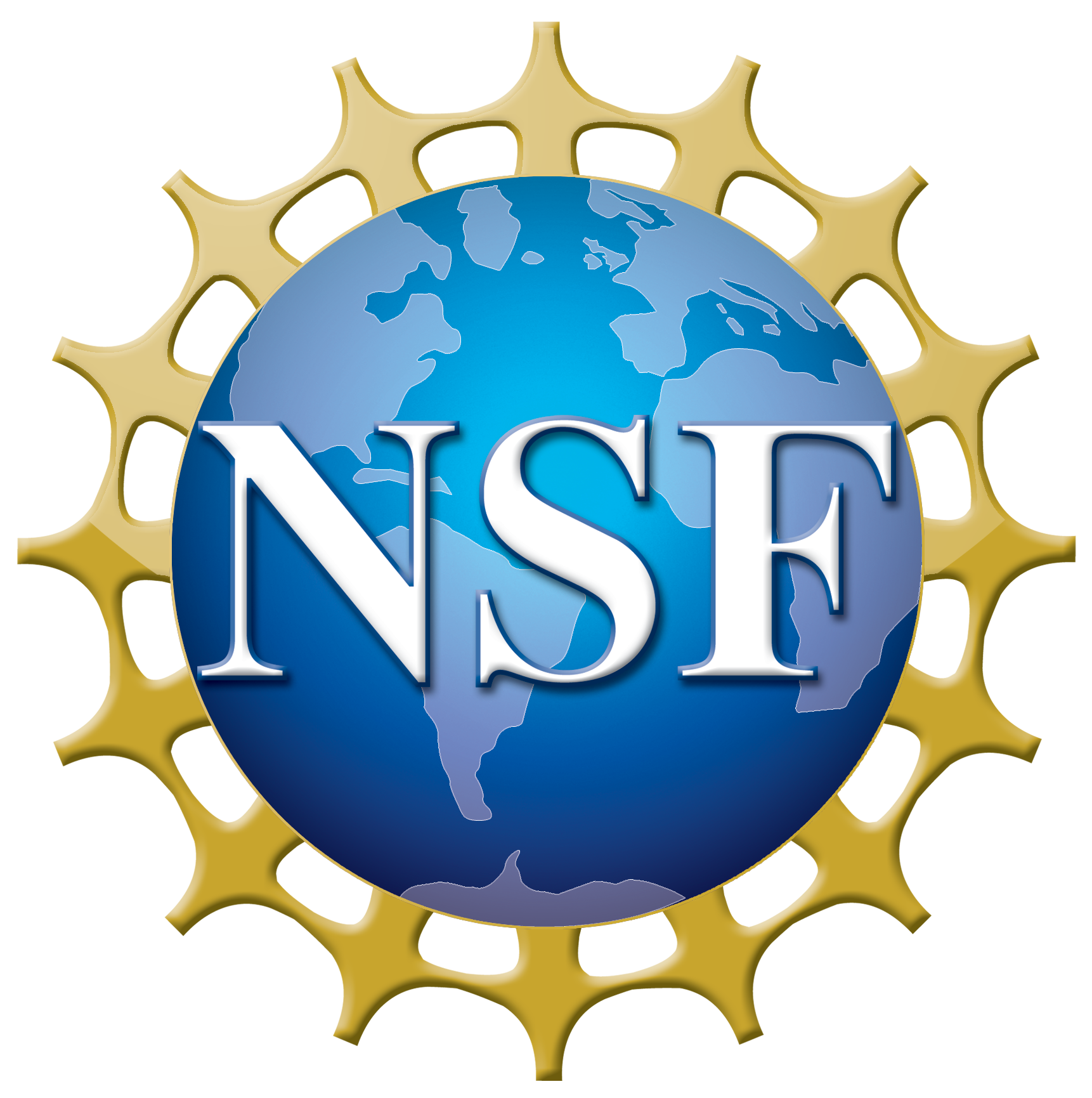| Does your Society have goals and/or measurable objectives that guide establishment of programs | Yes |
| If so, please provide a short description | Each program must have SMART goals that align with our strategic plan. |
| What is the name of your society? | American Society for Pharmacology and Experimental Therapeutics |
| What is the name of your society's diversity-related program or activity? | ASPET Mentoring Network |
| Please provide a link to description of the program if it still ongoing or only recently ended: | https://www.aspet.org/aspet/education-careers/aspet-programs/aspet-mentoring-network |
| What year did the program start? (YYYY): | 2016 |
| What year did the program end, if not ongoing (YYYY): | ongoing |
| If the program is not continuing, why not? | N/A |
| Target population | Grad, Postdoc |
| If other, please specify: | |
| Brief description of the program: | The ASPET Mentoring Network: Coaching for Career Development is a program designed to supplement the training that graduate students and postdoctoral trainees receive through their university programs for success in academia, industry, government, and policy careers. |
| What led you to the start the program? | Society initiative for new innovative programming. |
| What is the theory or logic underlying the program design? | Group career coaching model designed to provide support outside of traditional academic mentoring. |
| Is there a formal logic model? If so, please upload here. | |
| What are the goals and measurable objectives of the program? | Self-reported skills gained from participating; career outcomes; member retention; recommendation of program to others; satisfaction with experience |
| How many participants were/are there either annually or for a one-time event? | 24-36 |
| Describe how the program was assessed/evaluated. | Other |
| Please describe (other): | I can only choose one answer above but it should be: surveys, interviews, participant tracking |
| What were the conclusions drawn from the evaluation? | Our recently published paper is the best place to see these: https://www.lifescied.org/doi/10.1187/cbe.19-10-0195 |
| What challenges have been encountered? | Scheduling conflicts for the monthly meetings (time zone differences); variation in participation levels |
| Is there any long-term outcome tracking of participants? | Yes |
| If so, what is being tracked? | Career outcomes, member retention |
| How has the program evolved over time? | The in person programming has evolved to help "gel" the groups better and give them direction to carry forward into the monthly virtual meetings. |
| If you were to give advice to another group considering a program like this, what would you tell them? | Make sure you check in regularly with all the participants to see how things are going. Develop a good mentor screening process. |
| How much did the program cost/year? | About 25,0000 |
| Where does funding for the program come from? | Society funds plus a grant from Burroughs-Wellcome |
| Who are/were the primary individuals who contributed to the design and/or delivery of the program or activity? | A mixture of staff, ASPET members, and collaborators. Susan Ingram, Catherine Fry, Dave Jewett, Rick McGee, Veronica Womack, Jan Clark |
| Are there any formal reports or publications that have come out of the program? | Yes |
| If so, please upload here | |
| or provide a link to where they reside | https://www.lifescied.org/doi/10.1187/cbe.19-10-0195 |
| Who can be contacted for more information about the program? | Catherine Fry |
